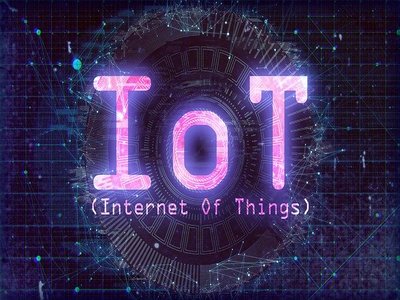One of the next major changes awaiting the IoT is Edge Computing. According to IDC analysts, by 2020, 45% of the data generated by connected devices will be stored, processed, and analyzed at the edge of the network. This trend concerns all IT technologies, but even more so the Internet of Things where Data must be processed as quickly as possible. What is Edge Computing? To better understand the impact of Edge Computing on the Internet of Things, it is necessary to understand what it is. To put it simply, Edge Computing is a physical IT infrastructure, the particularity of which is that it is not located outside the walls of a Data Center, but outside.
Edge Computing is the future of the Internet of Things. Let’s find out what it is, and how IT at the edge of the network will transform the IoT? The Internet of Things is constantly evolving. Technology is growing, the number of companies involved in this sector is increasing, investments are increasing, and all these factors are helping to make our world more and more connected.
This allows reconciling storage and computing resources as well as applications near the place where the data are generated and collected. This approach offers many advantages in terms of data management and performance. What are the advantages of Edge Computing for the Internet of Things? In the IoT domain, an Edge infrastructure makes it possible to remedy the problem of cloud latency and therefore benefit from real-time feedback. To better understand these benefits, here are some examples of concrete use cases. For companies with remote sites or offices, such as companies in the retail sector managing several points of sale, Edge Computing notably increases security and ensures continuous operation.
In addition, processing at the periphery makes it possible to speed up the processing of the mountains of data generated by the IoT and therefore to gain efficiency. Edge Computing also saves resources, since deployments are not as large and infrastructure replication is no longer necessary. How to choose an Edge Computing solution? To choose an Edge Computing infrastructure, it is important to review certain criteria. First, make sure you choose a solution designed to minimize management needs. Remote management features, for example, will facilitate deployment and maintenance.
The best Edge Computing systems also can automatically detect and correct problems. This is called self-healing, and this can save your IT team time. Of course, it is preferable that the solution chosen is extendable in both directions. Otherwise, your business may pay for exempt resources. Finally, an automated Edge solution offers many advantages.
It allows you to spare your IT teams manual tasks, to be assured that the system will automatically adapt to your needs, to avoid downtime and finally to be able to continue operations in the event of a hardware failure thanks to the ability to move workloads. These different capacities guarantee a simplified deployment and management of the Edge system.
RELATED: After The Cloud, Edge Computing Drives Data Center Development

